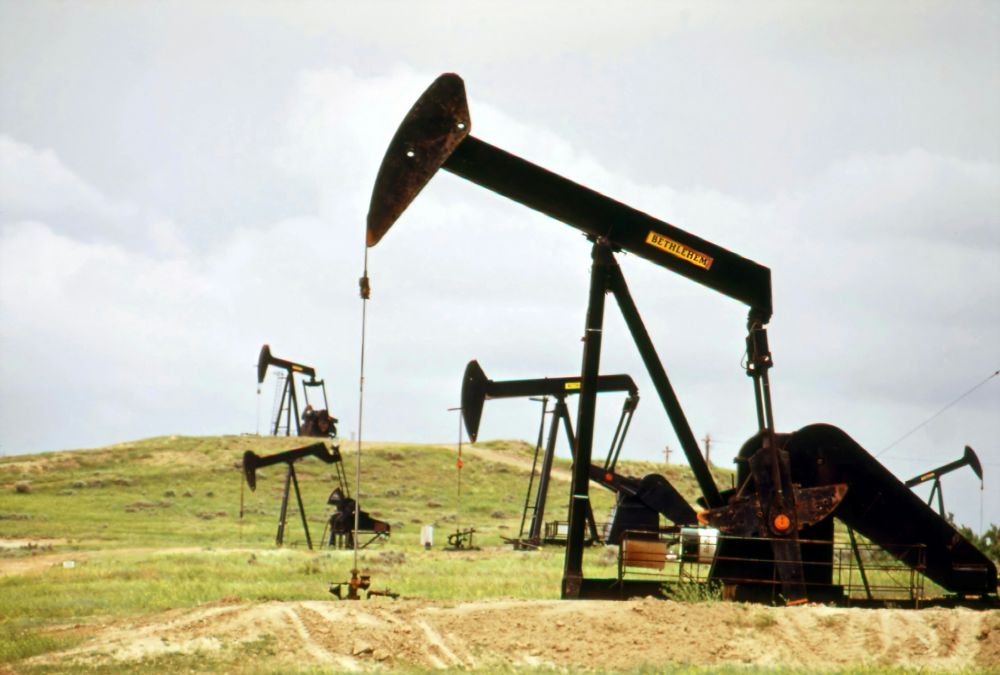What happens when natural gas leaks from the ground? A reminder of the Aliso Canyon Disaster

This month (October 2025) is the ten-year anniversary of a disaster, yet the effects were not truly “visible” even while the event was ongoing. If you didn’t live in California, you might have missed it: a dangerous gas leak went on for more than 3-½ months, from October 23, 2015, to February 11, 2016, poisoning entire neighborhoods. Why so long, you ask? Well, in this case, the gas came from a huge underground storage facility located just northeast of Los Angeles. The Aliso Canyon storage facility uses a natural earth formation called a “salt dome” to store natural gas as a public and residential energy source. It took some time to repair the hole through which the gas was blowing out.
Most of the salt dome storage caverns in the US are located near the Gulf Coast. In order to make the storage space, wells are drilled into the salt formation, and water is pumped in to liquefy the salt and make a cavern underground. Then, the salt water is pumped out and hydrocarbon products like crude oil or natural gas are pumped in for storage. When hydrocarbons need to be pumped out, the “brine” is reinjected into the ground, forcing out the oil product. Because the Salt Dome brine is denser than the stored product, it forces the stored product out of the cavern. Also, because of density differences, the brine does not mix with the stored product. When brine is removed from the cavern, it is stored in specially-constructed brine storage ponds and can be used over and over again, minimizing environmental impact. (Fact Sheet: Underground Natural Gas Storage Caverns)
The Aliso Canyon Blowout was caused because the pressure of gas contained in the cavern (over 3,000 pounds per square inch) broke through a corroded well casing. The Aliso Canyon facility spewed an estimated 120,000 tons of methane and toxic chemicals into the atmosphere over the 112 days. It was the worst natural-gas well blowout in U.S. history, and lives were upended downwind of the facility. The gas was primarily composed of methane, but samples analyzed have contained hazardous air pollutants such as benzene, hexane and toluene, largely as a result of commingling with depleted oil and other subsurface materials. Even the next generation was affected: a study published by UCLA researchers in 2025 found that women in their final trimester of pregnancy who were living within 6.2 miles downwind of the blowout in 2015 had a nearly 50% higher-than-expected chance of having a low birth-weight baby. Others have used inhalers since that time. (10 years since Aliso Canyon: Disaster was wake-up call for US on dangers of underground gas)
These large storage facilities seem like geographical treasures, and the US government has even used them to conduct underground nuclear testing. (Salmon, Mississippi, Site Fact Sheet) That is, until the contents of the salt dome leak out in one way or another, and blowouts are not the only way. Over time the caverns lose some of their structural integrity. In 2012, a sinkhole was formed in Bayou Corne, Louisiana when the underground salt dome collapsed. Near Sulphur, Louisiana, there is another underground salt dome. In September 2023, former Gov. John Bel Edwards and former Louisiana Commissioner of Conservation Monique M. Edwards declared a state of emergency in response to a concerning pressure drop in Cavern 7 on the western side of the Sulphur Mines. Pressure drops are the beginning signs that the fluids contained in the cavern are leaking out somewhere, and collapse into a sinkhole is not the only concern. The products could be leaking out into groundwater aquifers, contaminating whole drinking water supplies.
The Aliso Canyon wells have been replaced and more monitoring has been installed to make it safer than ever from leaks like the one in 2015. But what if an unexpected calamity occurs, like an earthquake or wildfire? The gas field is adjacent to the Santa Susana fault and is in a high fire hazard severity zone. (10 years since Aliso Canyon: Disaster was wake-up call for US on dangers of underground gas) The operating company says they have contingency plans for a fire, but the earthquake risk makes it hard to fathom how California government justifies maintaining a huge gas storage field upwind of Los Angeles.
The US is not the only place looking at methane leaks from underground; many coal mines around the world, both active and decommissioned, leak methane. The methane is naturally trapped within coal seams and the surrounding rock. When the coal is extracted, this gas is released into the atmosphere. When this happens, it pollutes the air (it traps over 80 times more heat than carbon dioxide in the first 20 years after it is released), communities like Porter Ranch in California, and increases the risk of explosions while mining. But somehow, the human exposure risk seems to be overshadowed by climate concerns. In South Africa, a group of researchers is focused on tracking methane leaks to “cut greenhouse gases and help support livelihoods in coal regions”, but health concerns are nowhere in sight. (South Africa's coal mines are leaking methane, and no one knows how much) This also happened in California when over 20% of the settlement for the disaster (26 million dollars of the 120 million dollar settlement) went to researching how “dairy digesters” capture methane from cow manure, in another area of the state. Once again, it seems up to individuals to research where dangerous air pollutants come from, and to situate themselves far away or upwind of them. And when existing residents have such companies come to their town, it’s an uphill battle to make sure their air stays safe, especially when the local economy or government sees money or convenience over health.
Photo by Documerica on Unsplash






